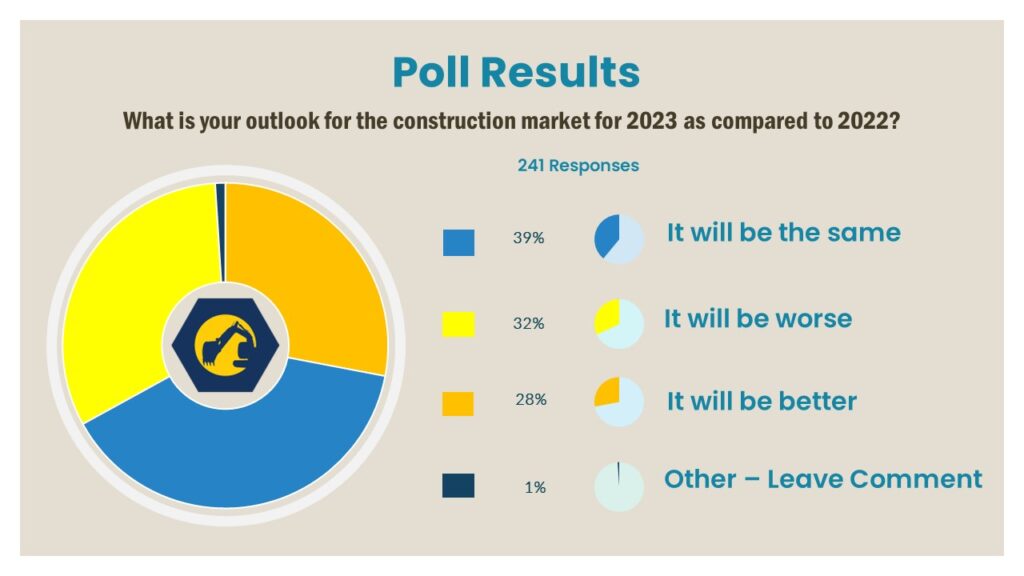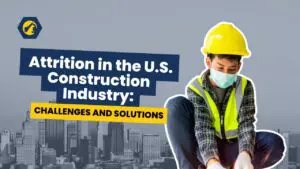The economy has certainly faced better times. Still reeling from the pandemic, with some parts of the world still struggling to manage the disease aspect, shortages on labor and materials are plentiful, inflation and gas prices are uncomfortably high, all building to a sense of disease. Some have become concerned that things will get worse, with a potential for recession on the horizon, while others have a more optimistic outlook.
The market seems to reflect this, as in the ENR’s July issue, the second quarterly cost report was a major issue. According to Jonathan Keller, confidence in the market fell to the lowest it’s been since 2009, with construction having over 400,000 unfilled positions, up by over 300,000 people since the prior year. He also notes how Construction Financial Management Association’s (CFMA) economic advisor Anirban Basu notes that a recession of sorts had already hit some industries. He points to the drop in GDP growth, and predicted that we would enter a lengthy and hard recession. However, according to the Bureau of Economic Analysis, GDP growth has turned around in Q3, surpassing last years Q3. Clearly, the imminent recession hadn’t come to pass immediately, but what if it was yet to come?
I was curious about what the industry thought of these developments, since while construction is highly dependent on some areas which are facing economic tightening, like materials production, transportation costs, it also has some safety features. For heavy civil construction specifically, existing government projects are most often sheltered relative to much of the rest of the economy, ensuring that companies with an extensive backlog will be able to weather the economic storm with a bit less stress than other sectors. In times of economic hardship, an existing backlog can carry companies through well through to the other side of the downturn, though oftentimes they aren’t entirely unscathed.
Given the uncertainty of the times, I thought it was relevant to get a snapshot of how the construction industry was feeling about the upcoming year, particularly in the wake of the recent troubles. We surveyed 241 professionals in the industry on LinkedIn, asking “What is your outlook for the construction market for 2023 as compared to 2022?” The respondents came back with a variety of answers, with 39% expecting that it will be the same, 32% thinking it will be worse, 28% saying it will be better, and 1% responded “Other – Leave Comment.”

Roughly one-third of the respondents think that 2023 will be worse, and given all of the issues the economy has been having globally, I can’t say I blame them for having that outlook. However, the more positive or neutral responses making up 67% of responses shows that despite everything, there is still a generally positive view of the future from these professionals. While 2022 wasn’t ideal, there is some value in things remaining stable and not changing too much, and of course that also means that while things aren’t getting better, they aren’t getting worse.
I think that the general optimism, despite how down things were looking earlier this year, points towards the market going in the right direction. Things could change, of course, but construction can weather the downturns.






